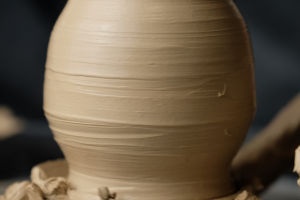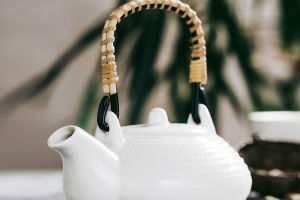
Essential oils have become a popular natural therapy in modern life. Whether used to relax, refresh, or improve health, essential oils play an important role in daily life.
However, one of the keys to getting this precious liquid gold to market and attracting customers is its packaging design. Although it may seem simple on the surface, designing essential oil packaging is an incredibly complex task.
1. The essence of the product
Essential oils are a special type of product, they are concentrated liquids extracted from plants that have powerful medicinal properties. These characteristics need to be fully reflected in the packaging design to ensure that consumers understand its purpose and efficacy.
This means packaging not only needs to be attractive, but also provide clear information including ingredients, purpose, how to use, and more. While meeting regulatory requirements, packaging must be able to convey the authenticity and quality of the product to build trust.
2. Diversity of target audience
The audience for essential oils is very broad, including people with a strong interest in natural therapies, beauty enthusiasts, health-conscious individuals, medical practitioners, etc. Each audience segment has its own specific needs and preferences.
Therefore, one of the challenges that designers must face is to identify the target audience and ensure that the packaging appeals to and meets the needs of different groups of people. This may require diversified packaging designs to cater to the aesthetics and needs of different groups of people.
3. Competition with competitors
The essential oil market is highly competitive and there are many different brands and products to choose from. Packaging design needs to stand out in a highly competitive market and attract the attention of potential consumers.
This requires designers to be creative and innovative in order to find unique design elements that make the product stand out among competitors. In addition, packaging must be consistent with the brand image and values to build brand loyalty.
4. Regulations and labeling requirements
Essential oils are products intended for use in the body and health and are therefore subject to strict regulatory and regulatory requirements. Packaging design must comply with these regulations, including ingredient labels, warnings, and instructions for use.
Designers need to understand the differences in international, national, and regional regulations to ensure that products are sold legally around the world. This adds to the complexity of packaging design, as it must be ensured that all information is clearly visible while remaining attractive and creative.
5. Material selection and sustainability
Material selection for essential oil packaging is also an important factor. Many consumers are concerned about environmental protection and sustainability issues, so packaging design must take these factors into consideration.
Choosing recyclable materials, reducing packaging waste, and reducing environmental impact is a complex balancing act. Designers need to find materials that both protect products and meet sustainability standards, which requires a deep understanding of the properties and impacts of different materials.
6. Printing technology and quality control
Packaging design is not just about appearance but also involves printing technology and quality control. It is crucial to consider the limitations and characteristics of printing technology in the design to ensure that the final packaging is consistent with the design drawing.
In addition, quality control is also an aspect that cannot be ignored to ensure the quality and consistency of each product's packaging.
To sum up, the reason why it is so difficult to design essential oil packaging well is because it involves multiple complex factors. Everything from the nature of the product to the diversity of the target audience, to competitor competition and regulatory requirements, all add to the complexity of packaging design.
However, despite the difficulties, good essential oil packaging design is crucial because it directly affects the performance of the product in the market and the success of the brand.
Therefore, manufacturers and designers must fully understand these challenges and invest sufficient time and resources to ensure that their essential oil packaging design can stand out in the market and attract consumers' attention and trust. Only in this way can they succeed in the highly competitive essential oil market.


